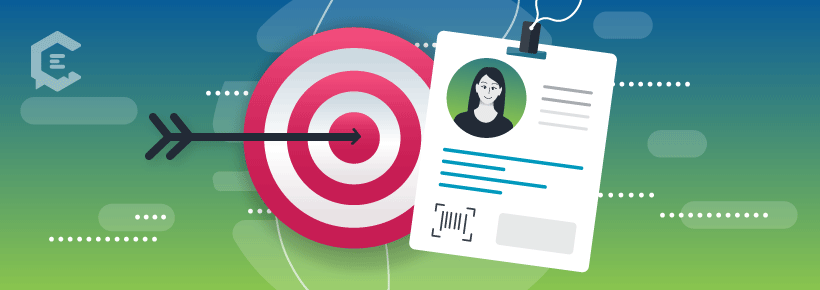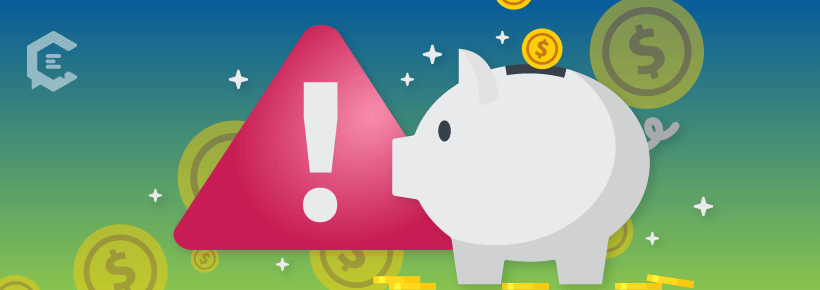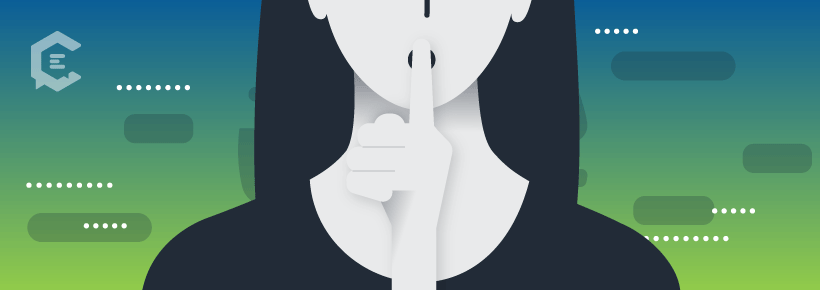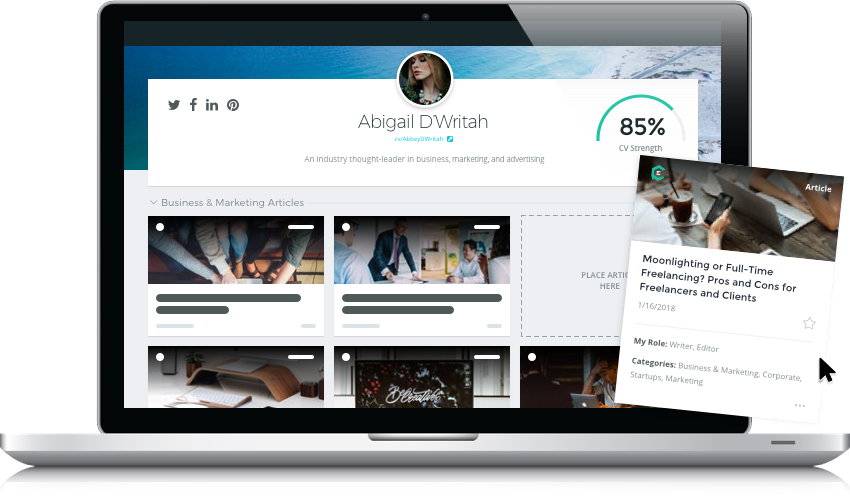As influencer marketing continues to reach and attract mass markets, journalists are eyeing the idea of creating a social media wave of their own. Though the debate is still out on the respectability of influencers in the age of media, their impact is proven by the numbers. In this series, we investigate the emergence of the influencer, the ethical challenges of writers who tap into this field and the misconceptions of the role.
In the final part of the series, we chat with influencers on how to make your influence stick.
Without fail, it happens every single month: The halfway point arrives and I battle a slight panic, worried I’ll suddenly be without any assignments or income. It’s the unspoken anxiety that everyone who is their own boss shares: You never know how the market will ebb or flow, and though you’re already busier than you thought possible, you always have to be prepared for the unexpected.
A journalism career isn’t a predictable one, but is one I greatly enjoy, even if my social contributions are vastly different than those of an influencer. But much like the angst I stomach monthly, full-time content creators on Instagram, YouTube, Twitter or personal blogs face the same hurdle, as they’re continuously figuring out how to make this new type of career stick.
And for those posters who were once — or continue to be — writers, the separation is even trickier. Not only are they tasked with learning a new medium with different metrics to master, but they must also maintain their integrity by setting clear boundaries.
If you’re toying with the idea of double-gigging yourself— as a professional writer and an influencer— take a page out of these influencers’ experiences to set yourself up for success and to protect your reputation in the world of media:
1. Be mindful of your personal brand.
If you ask most writers who made the switch from journalism to influencing, they’ll start by saying it happened rather organically… but not without a solid amount of hustle. This might seem counterintuitive, but oftentimes, when a writer makes themselves not only a wordsmith but an expert in their field, they have a better chance of gaining a following around their own perspective rather than that of the publications they pen for.
As travel journalist, editor and influencer Caleigh Alleyne explains, a mixture of magazine and television experiences aided her social following. She credits this shift to a consistent focus on her personal brand. “What I think is largely missing in today’s ‘influencer’ realm is that influence tends to correlate more with your following instead of your ideas,” she continues. “If you want to turn your writing career into being an influencer as well, I think it is important to position yourself as a thought leader or expert in your field and focus on sharing that knowledge with your following.”
2. Put your time in.
For influencer, blogger and writer Lauren Monitz, the path to creating an audience wasn’t simple, but her advice is: Put your time in. She explains oftentimes, wannable Instagrammers or YouTubers are seeking a silver bullet, subscribing to the mentality that “if they build it, they will come.” Monitz argues while that’s optimistic, if you don’t put the time into developing your audience and cultivating a loyal fan base, no one will care or see your content, no matter how great it is.
What does the time look like for her? Two hours a day engaging with other accounts on Instagram, using the analogy of a networking event in real life. “You can be a wallflower and wait for people to come to you, or you can go up to them, hand them your business card, and run away, or you can start a genuine conversation,” she continues. “Follow them, like a few of their photos. Show a real interest in their life through mutual interests, and they’re much more likely to reciprocate the exchange.”
3. Limit paid partnerships.
Considering influencers publish how-to’s and journalists are commissioned to do much of the same, the lines are often blurred between the two realms. For writers, this can quickly turn into a slippery slope where brands inquire about coverage in a magazine you write for, which questions your integrity.
To ensure you’re still trusted within the industry you first called yours, Alleyne suggests limiting paid partnerships to specific opportunities when you’re actively freelancing.
“I never cover any brand or campaign I did on social media in my journalism. To be a journalist, you are supposed to be providing an unbiased account of a topic. So if you are receiving kickbacks, even if it’s not directly related to the story, it still can be seen as unethical,” she warns.
If and when you make the complete move to the influencing industry, you can set different parameters with your newfound independence.
4. Be strategic with your income.
Writer, blogger and digital marketing specialist Leah Walker initially started her blog and put extra time into her Instagram account as a way to break into travel journalism. “I wanted to create a body of work that I could show editors. My blog quickly caught the eyes of a few media outlets, and I was able to get the bylines I was seeking,” she explained.
But what she learned surprised her: She enjoyed the interaction with readers online and via her personal brand more so than the often radio silence from outsourced bylines.
From a financial perspective, she also realized she might bring home more bacon if she narrowed her focus. “The time spent finding editors’ emails, formulating pitches, waiting for responses, and then cranking out articles that hardly pay isn’t the best use of my energy. Now, I only pitch an editor if I have a story that is a great fit for their specific publication,” she explains.
Just how much can you make with the right following? Monitz says there’s a lot of skin in the game — so to speak — and it’ll vary, but there are some general baselines for paid collaborations. A starting rate could be $100 per 10K followers but can vary tremendously based on engagement, niche, and opportunity.
“You should start to see offers from brands wanting to partner for promotion in exchange for free products fairly quickly, as brands are catching on to how valuable micro-influencers are,” she notes.
5. Decide how much of yourself you’ll reveal.
One of the reasons influencers have started to boom is the unique perspective they offer readers and followers. While journalists write about experiences, influencers often provide a day-by-day — and for some, hour-by-hour–recount of what they see, do, or feel. This creates a human connection of trust since you’re willing to be vulnerable.
Before diving in as an influencer, though, Walker suggests being candid with yourself on just how much you want to share with, potentially, the world.
“As an influencer, you must welcome your audience into your world, which is much different from filing a story with an editor. It’s up to you as to how much you reveal, but the social media monster must be fed on a regular basis, which can sometimes feel burdensome. Followers have a curiosity and often feel as if they know you or are your friend,” she says. “Before trying to become an influencer, you first have to feel comfortable sharing a piece of your life.”
6. Remember, it is a business.
Monitz says to truly make your influencer career a successful one, you have to maintain one very important mindset from day one: it is a business. “There’s a huge difference between using social media personally and professionally. If you want to be an influencer, every single piece of content you put out into the universe should reinforce your personal brand,” Monitz explains.
This means you should obsess over defining and refining your niche, over and over again until you create traction. Unlike story assignments, when they have a clear end and beginning, each post from an influencer impacts the next.
“The influencer market is so oversaturated you have to really tell a compelling story or have a strong reason for virtual strangers to follow you,” Monitz advises.
So what’s your once-upon-a-time? If you don’t know, it’s time to get started… ASAP.
Create a beautiful portfolio to win over new clients
Start branding yourself! Showcase your work with a free CV Portfolio designed for freelancers, by freelancers. No hurdles, no charge, no hassle. Claim yours now!











